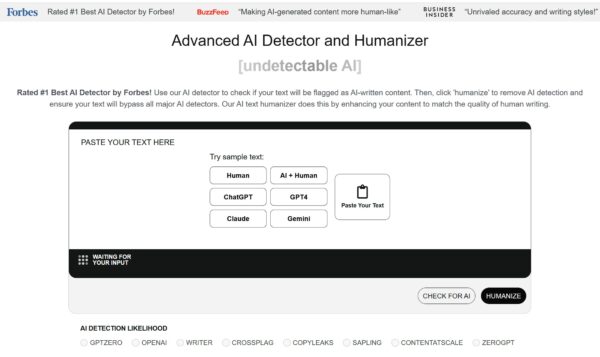Table Of Content
FastAPI is a modern, fast, web framework for building APIs with Python 3.7+ based on standard Python type hints. It comes with automatic validation, interactive documentation, asynchronous capabilities, and many other features out of the box that allow truly rapid and concurrent development.
What FastAPI Does
With FastAPI, you can declare APIs based on standard Python types and async features. It saves you from lots of overhead like data validation, conversions, and the creation of automatic API documentation using Swagger UI and ReDoc. That makes development quite easy, and due to support for async, it handles high loads efficiently, hence it would work great in high-performance applications.

You get started fast with least overhead, using standard Python functions and types. It is designed to let you scale your project seamlessly and integrate different libraries such as SQL databases, NoSQL databases, and other frameworks.
The FastAPI Souce code on GitHub can be used for free.
How to Use FastAPI
First you need to setup a via VisualStudio Code python virtual environment and use pip to install the library:

Once done, just create a file such as helloworld.py with the below code, then run it:
from typing import Union
from fastapi import FastAPI
app = FastAPI()
@app.get("/")
def read_root():
return {"Hello": "World"}
@app.get("/items/{item_id}")
def read_item(item_id: int, q: Union[str, None] = None):
return {"item_id": item_id, "q": q}Pros
- Automatic Documentation: FastAPI generates interactive API docs right out of the box, making testing and development smoother.
- Modern Python Integration: Built on top of Pydantic and Starlette, FastAPI uses Python type hints for validations, giving you both speed and simplicity.
- High Performance: Thanks to its async nature, FastAPI can handle a large number of requests efficiently, which is crucial for high-demand services.
- Asynchronous Support: With native async support, you can handle concurrent requests, making it ideal for real-time applications like chat systems or live updates.
- Security Features: FastAPI includes robust security options like OAuth2, JWT, and API keys, making it secure by default.
Cons
- Learning Curve: Although it’s powerful, beginners may find the combination of async functions, type hints, and Pydantic models slightly tricky to navigate.
- Limited Ecosystem: Compared to older frameworks like Django or Flask, the FastAPI ecosystem is smaller, so there might be fewer tutorials or third-party extensions for specific use cases.
Pricing
FastAPI is entirely free and open source. You will never have to pay for any of its features; it’s highly accessible for projects both small and large. Because it’s based on open standards, you can host it anywhere that supports Python-which means most clouds.
Use Cases
FastAPI shines in various scenarios:
- APIs with Real-Time Data: Applications requiring real-time updates, such as live dashboards or messaging platforms, benefit from FastAPI’s async capabilities.
- Data Validation and Processing: With built-in data validation (thanks to Pydantic), it’s perfect for applications where data integrity is essential.
- Microservices: FastAPI’s lightweight and fast nature makes it a great fit for building scalable microservices.
- Machine Learning APIs: FastAPI offers performance and compatibility with Python’s data science libraries such as NumPy, TensorFlow, among others, that could be ideal for serving machine learning models.









Leave a Reply
You must be logged in to post a comment.